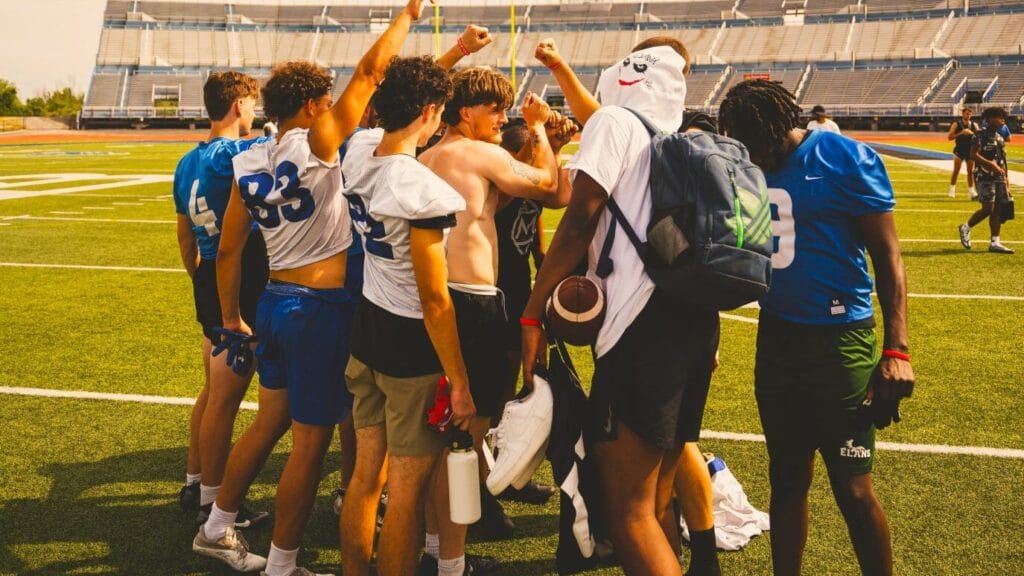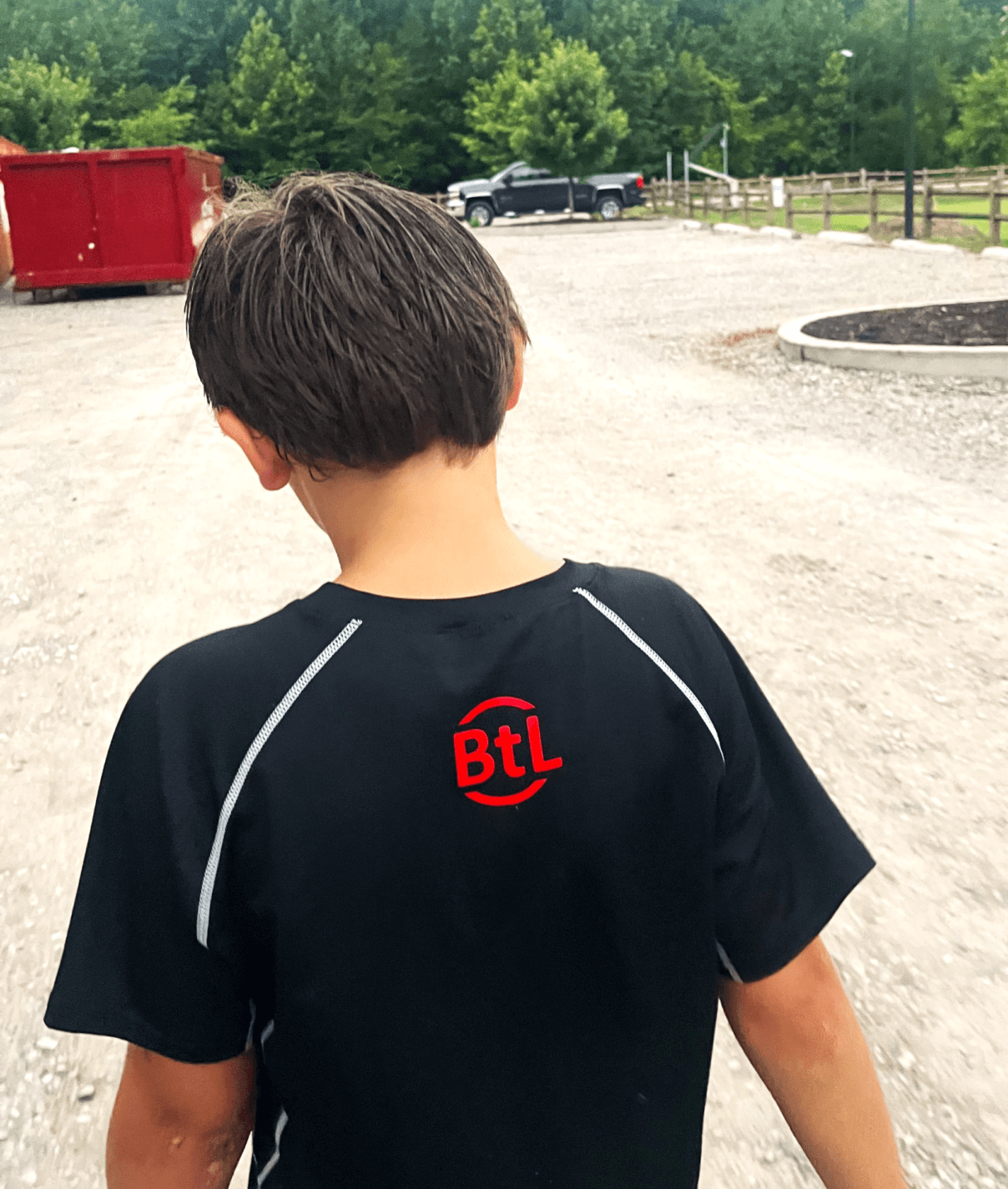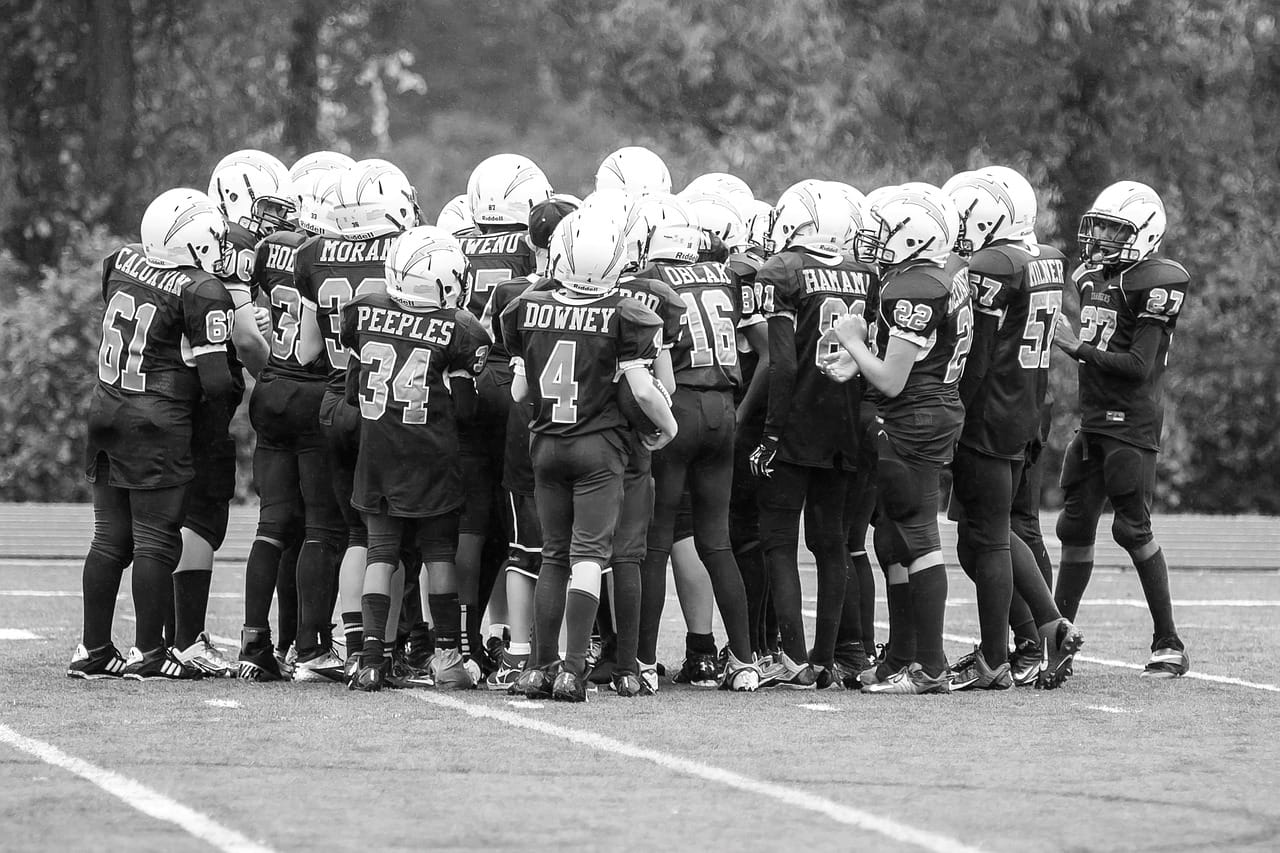Leaders aren’t born — they’re built. Every choice, every action, and every reaction shapes the kind of leader an athlete becomes. For coaches, the ability to develop strong leaders is one of the most rewarding parts of the job. It’s about helping athletes recognize their potential, refine it through experience, and release it so they can discover their inner strength — both on and off the field.
Understanding Leadership Potential To Develop Strong Leaders
Many young athletes don’t realize the leadership potential they already possess. Ask them if they see themselves as leaders, and you’ll often hear, “I’m not good enough,” “I’m too shy,” or “No one listens to me.” These beliefs limit growth before it begins.
As coaches and parents, we must help young athletes reshape this mindset. Leadership doesn’t depend on being the loudest voice or the most talented player — it starts with character, self-awareness, and the willingness to serve others. Every athlete has the ability to lead in their own unique way once they learn how to tap into it.

1. Leaders Develop a Positive Mindset
The foundation of leadership begins with mindset. A positive mindset helps athletes believe in themselves and in others, even when things go wrong. It’s what allows a player to stay composed during adversity and to keep believing when the score doesn’t go their way.
A leader’s mindset is contagious. When one athlete keeps faith and energy high, the whole team rises. Without this kind of mental strength, leadership can’t take root — because real leaders see opportunities where others see obstacles. They focus on growth, not failure.
2. Leaders Build Confidence Through Experience
Confidence is built through repetition, reflection, and resilience — not through perfection. Every mistake, every setback is an opportunity to grow stronger. Great leaders don’t fear failure; they learn from it.
The truth is, fear of failure holds more athletes back than any opponent ever will. The same fear often keeps potential leaders quiet. Thoughts like “What if I say the wrong thing?” or “What if people laugh at me?” create hesitation. But confidence is developed the moment athletes push through that fear. Over time, courage becomes confidence — and confidence becomes leadership.
Encourage athletes to embrace mistakes as part of the process. The more they lead, the more natural it becomes.
3. Leaders Make Thoughtful Decisions
Strong leaders think before they act. They understand that every decision — big or small — has an impact. Leadership means being intentional with words, actions, and choices. It means asking, “Will this help my team?” or “How will this affect those around me?”
When athletes learn to pause and reflect before reacting, they start making decisions that build trust and respect. That’s when leadership starts to show up naturally — not forced, but earned.
4. Leaders Take Accountability
True leaders own their actions. They don’t hide from mistakes or shift blame to teammates. They step forward, accept responsibility, and set the tone for others to follow. Accountability is the difference between someone who simply plays and someone who truly leads.
When athletes see their leaders accepting consequences with maturity and humility, it inspires the entire group to do the same. Accountability builds trust — and trust builds teams.
5. Leaders Show Compassion and Understanding
Compassion is often overlooked in leadership, but it’s one of the most powerful traits a person can have. Leaders recognize that everyone’s story is different — that teammates come from different backgrounds, challenges, and perspectives. Compassion allows leaders to connect, motivate, and unite their teams.
Just as leaders want others to understand their struggles, they must learn to extend that same understanding to those around them. Compassion doesn’t make a leader weak; it makes them human — and that’s what earns genuine respect.
Bringing It All Together to Develop Strong Leaders
Developing leaders in sports isn’t about titles or awards — it’s about shaping character. A strong mindset and belief in oneself empower athletes to stand alone when necessary and to do what’s right, even when it’s not easy or popular. Great leaders act with conviction, consistency, and compassion.
As coaches, parents, and mentors, our role is to create environments that let leadership grow. We can’t expect young athletes to “just lead” — we have to teach, guide, and model what leadership looks like. Leadership, like any other skill, takes practice. None of us are perfect at it, but the more we work at it, the stronger we get.
Over the coming weeks, we’ll dig deeper into each of these five areas — mindset, confidence, decision-making, accountability, and compassion — to give athletes practical ways to develop their leadership and discover the strength within.
BtL
✅ Get powerful tips, training content, and mindset fuel—straight to your inbox. Subscribe Here
📱Follow us for daily inspiration, behind-the-scenes content, and athlete spotlights: Facebook, Twitter, Instagram, TikTok
💡 Want to know what drives us? Discover the Ball to Life mission

